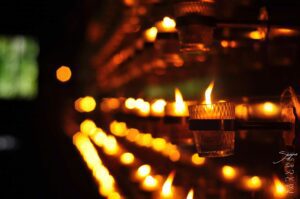
Padre Pio Chapel: The Sacred Haven in Quezon City
The Padre Pio Chapel, also known as the St. Pio of Pietrelcina Chapel, holds a special place in my heart as a photographer. It revealed
Located in Pasay City, Manila, the Cultural Center of the Philippines (CCP) stands as a cornerstone of Filipino arts and culture. Established in 1969, it was brought to life under the vision of President Ferdinand Marcos and his wife, Imelda Marcos. The CCP was conceived as a dynamic hub for artistic and cultural expression, reflecting the rich heritage and creative spirit of the Philippines.
The foundation of the CCP was a significant milestone in promoting Filipino arts on a national and international stage. It was designed to be more than just a venue; it was intended to be a vibrant center where the country’s cultural identity could flourish and be shared with the world.
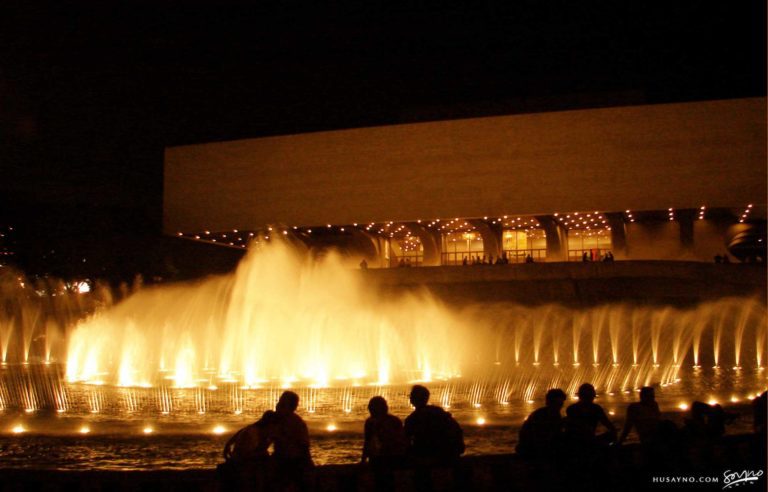
The architecture of the CCP, designed by the acclaimed architect Leandro V. Locsin, is a notable example of Brutalist design. The main building’s massive concrete forms and minimalist aesthetic are both visually striking and functional. Locsin’s design features angular shapes and a play of light and shadow that enhance the building’s dramatic presence.

The CCP’s architectural design was crafted to accommodate large-scale performances and events while making a bold artistic statement. The integration of form and function in Locsin’s design reflects a deep understanding of both the artistic and practical needs of a cultural institution.
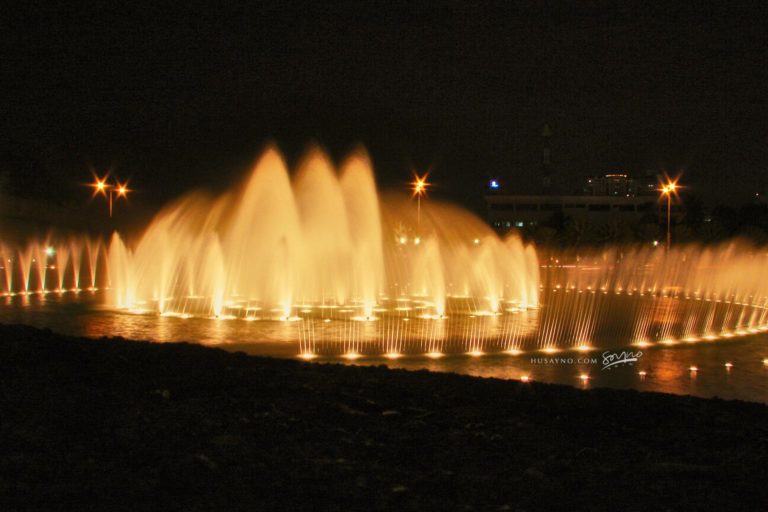
The CCP Complex boasts several significant performance spaces, each serving a unique role in the cultural landscape. The Tanghalang Nicanor Abelardo (Main Theater) is renowned for its exceptional acoustics and versatility. With a seating capacity of 1,800, it serves as a premier venue for major productions, including opera, ballet, and orchestral performances.

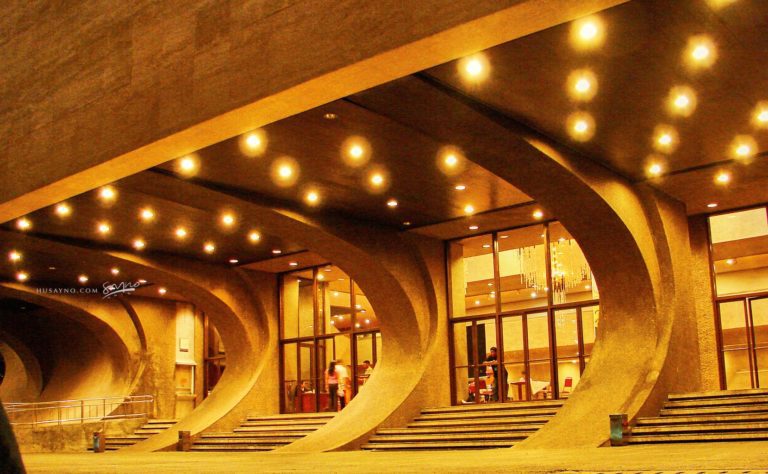
The advanced lighting and sound systems of the Main Theater support elaborate staging and high-quality presentations, making it a key destination for both local and international performances. This space is designed to enhance the audience’s experience and accommodate the technical demands of diverse artistic productions.
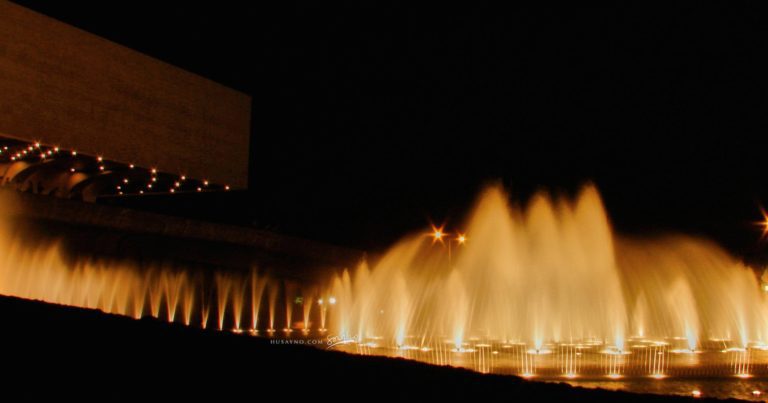
In addition to the Main Theater, the Tanghalang Aurelio Tolentino (Little Theater) provides a more intimate setting for smaller performances. This venue is ideal for plays, chamber music, and experimental works, offering a versatile environment for various artistic endeavors.
Another important venue is the Tanghalang Pilipino Studio Theater, known for supporting experimental and contemporary performances. This space is dedicated to innovative and avant-garde works that challenge traditional theatrical boundaries, providing a platform for emerging and unconventional artistic expressions.
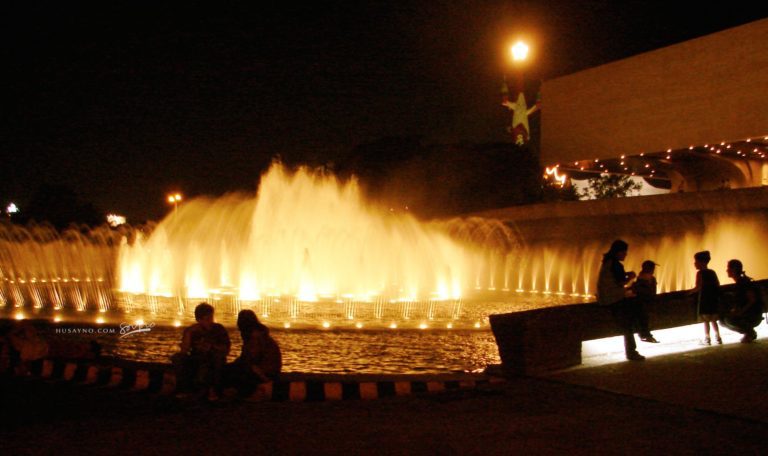
The CCP Complex also features galleries and museum spaces dedicated to showcasing Filipino visual arts. These exhibitions cover a broad spectrum of artworks, from traditional crafts to contemporary installations, reflecting the diversity and richness of Filipino artistic expression.
Educational programs and artist talks often accompany these exhibitions, offering visitors deeper insights into the art and the creators behind it. These initiatives aim to foster a greater appreciation of the visual arts and encourage engagement with the artistic community.
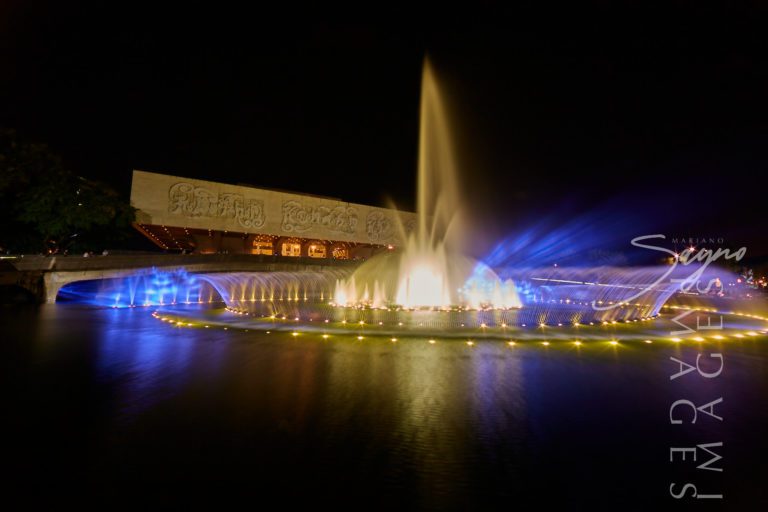
Several prominent resident companies and programs are based at the CCP, each contributing to the vibrant cultural scene. The Philippine Ballet Theatre (PBT), the country’s leading ballet company, is celebrated for its performances of both classical and contemporary ballet, frequently incorporating Filipino themes and stories.
RELATED STORIES

The Padre Pio Chapel, also known as the St. Pio of Pietrelcina Chapel, holds a special place in my heart as a photographer. It revealed
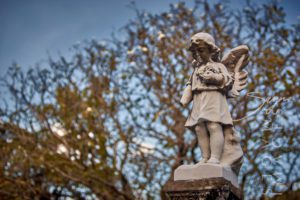
As one of the oldest cemeteries in Manila, Campo Santo De La Loma, commonly referred to as the La Loma Cemetery, is one of the
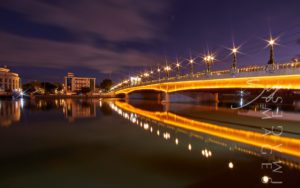
The newly restored Jones Bridge is easily recognizable by its beautifully designed black lamp posts—the same ones that were there when the bridge was first
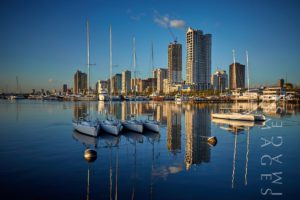
It is considered to be one of the world’s great harbors, the Manila Bay, and it serves as the Port of Manila, Philippines. Having once
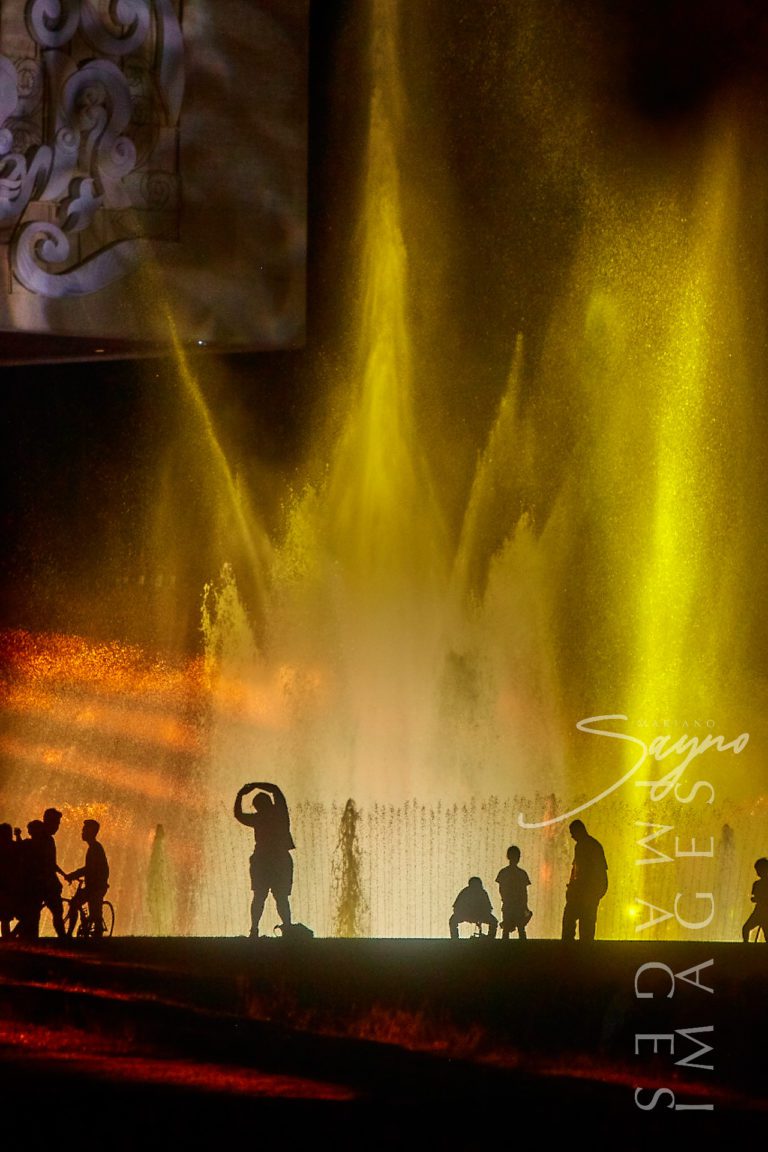
The Philippine Philharmonic Orchestra (PPO) is another key resident ensemble, known for its diverse repertoire that spans classical and contemporary music. The PPO often features local and international soloists and conductors, enhancing its performances with a broad range of musical influences.
Additionally, the National Music Competitions for Young Artists (NAMCYA) is a significant program that supports young Filipino musicians. It provides opportunities for these emerging talents to showcase their skills and gain recognition, nurturing the next generation of Filipino artists.
Throughout the year, the CCP hosts a variety of festivals and events that celebrate different facets of Filipino culture. The annual Pasinaya Festival, for example, offers a rich array of performances and exhibitions that highlight the nation’s artistic diversity and creativity.
The CCP also organizes workshops and masterclasses aimed at developing skills and nurturing new talent. Special events and international collaborations bring global perspectives to the local arts scene, further enriching the cultural experience for both artists and audiences.
The CCP is committed to community engagement through various outreach programs and partnerships with schools and local organizations. These initiatives are designed to broaden access to the arts and foster a deeper appreciation for cultural expressions among diverse audiences.
By actively involving the community, the CCP aims to make the arts more accessible and encourage a greater connection with Filipino cultural heritage. This commitment to outreach helps ensure that the CCP remains a vibrant and inclusive cultural center.
I’m looking forward to the stories and images leaving a lasting positive impression on you, just as they have on me. Stay connected with us on social media for a weekly exploration of travel assignments and breathtaking visuals. Our focus is on championing local tourism, showcasing small businesses, and honoring the magnificence of the Philippines through the content we curate. Join us in spreading the word by clicking the ‘share’ buttons below. Your support means the world to us.
EXPLORE MORE about
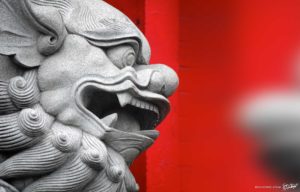
In addition to being considered the oldest Chinatown in the world, Binondo Chinatown is also the center of trade and commerce in Manila City. In
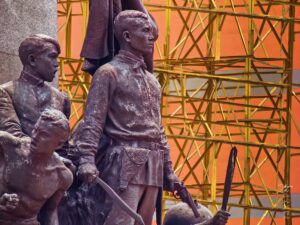
The Bonifacio Monument, also called Bonifacio Monumento or Monumento, proudly stands in Caloocan City, Metro Manila. It is a powerful symbol created by the National

The newly restored Jones Bridge is easily recognizable by its beautifully designed black lamp posts—the same ones that were there when the bridge was first

It is considered to be one of the world’s great harbors, the Manila Bay, and it serves as the Port of Manila, Philippines. Having once
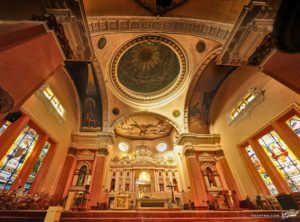
The Binondo Church is a historic church in Manila, located in the District of Binondo, near the Plaza San Lorenzo Ruiz. It was previously called
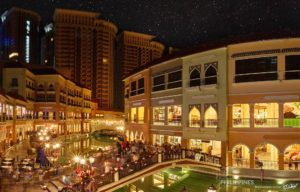
Located in the heart of the Taguig City, the Venice Grand Canal is a lifestyle mall development under the Megaworld Lifestyle Malls Located inside the
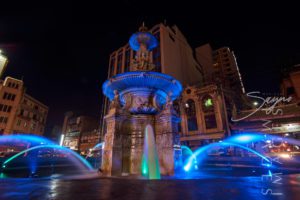
I experienced the vibrant and colorful life of downtown in full. I took some time to appreciate the beauty of Santa Cruz Church and Plaza
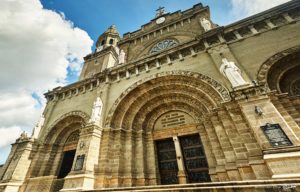
Originally built in 1880, the Manila Cathedral is the current version of the longstanding Church of Manila. It is a masterpiece of architecture that was
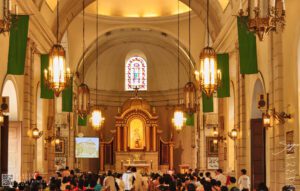
Malate Church stands as a profound symbol of faith, resilience, and artistry, preserving its sacred role and architectural splendor through centuries of triumphs and trials.
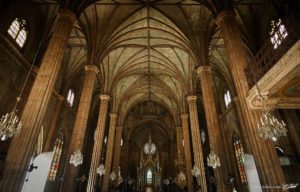
San Sebastian Church is a Roman Catholic Minor Basilica located in Quiapo, Manila. It’s also known as Minor Basilica of San Sebastian or San Sebastian
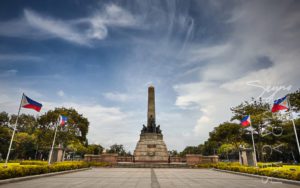
Located along Roxas Boulevard, Manila and adjacent to the century-old walled city of Intramuros, the Luneta National Park, or “Luneta” as many refer to it,
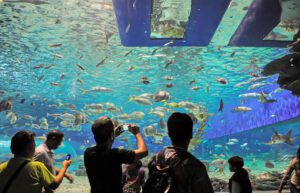
As the nation’s first ever world-class marine theme park, Manila Ocean Park is located in Ermita Manila, within the Philippines’ largest urban resort/aqua-themed hotel complex

As one of the oldest cemeteries in Manila, Campo Santo De La Loma, commonly referred to as the La Loma Cemetery, is one of the
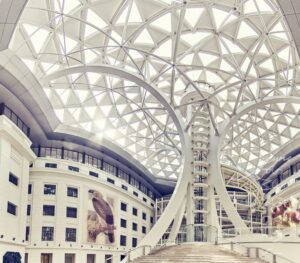
Explore the vibrant tapestry of Manila through its four national museums, each a unique gem in the city’s cultural crown. These four distinguished establishments are
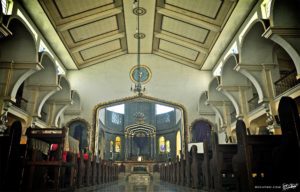
The Polo Church, formally known as the San Diego de Alcala Church, resides in the Polo neighborhood of Valenzuela, Manila. This church has a captivating
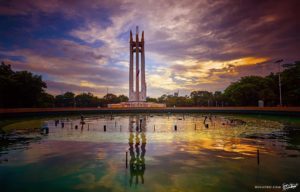
One of Quezon City’s main parks is the Quezon Memorial Circle, which is located in Quezon City and is surrounded by an elliptical road, making
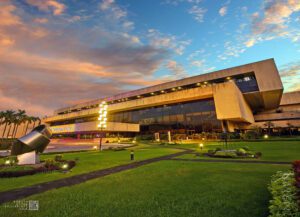
The Philippine International Convention Center (PICC) stands as a monument to the Philippines’ ambition to be a key player on the global stage. With its
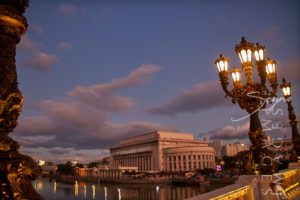
The Manila Post Office, officially known as the Manila Central Post Office, is a distinguished example of neoclassical architecture, originally designed by Juan M. Arellano,
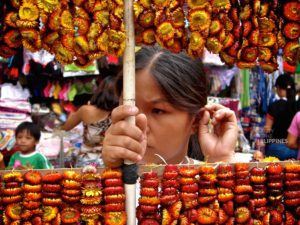
Plaza Miranda is a public square bounded by Quezon Boulevard, Hidalgo Street and Evangelista Street in Quiapo, Manila. It is the plaza which fronts the

The Padre Pio Chapel, also known as the St. Pio of Pietrelcina Chapel, holds a special place in my heart as a photographer. It revealed
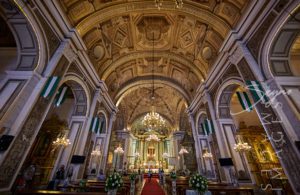
Known as one of the most important baroque churches in the Philippines and as one of the only four baroque churches in the Philippines that
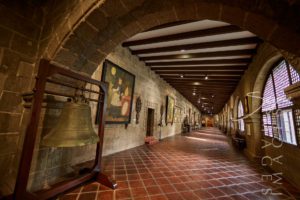
The San Agustin Museum is located adjacent to the UNESCO World Heritage Site, San Agustin Church. It is located in Intramuros—the walled city of Manila—and
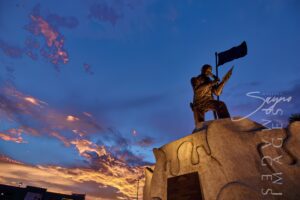
The Andres Bonifacio Birthplace Monument in Tutuban, Divisoria stands as a powerful symbol of Filipino patriotism and a tribute to the courage and leadership of Andres
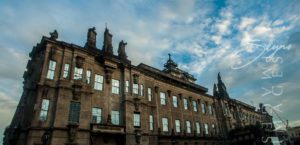
UST, also known as the University of Santo Tomas, is a private Roman Catholic university located in Sampaloc, Manila. It was founded on 28 April

It is the home of the popular Asian elephant, Mali, as well as 90 other species. As well as being a landmark in Manila, the
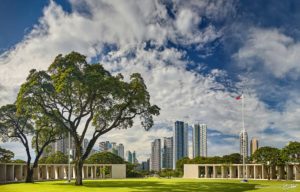
Manila American Cemetery and Memorial is located in the heart of Taguig City on the lands of Fort Bonifacio and serves as the largest grave
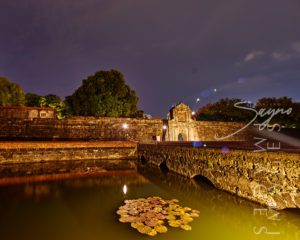
It is also known as the Walled City, and during the Spanish Colonial Period it was synonymous with the city of Manila. Intramuros was also
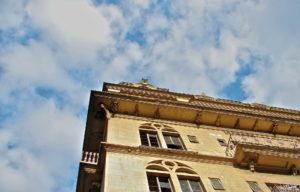
It is always a surprise for buildings, parks and houses to survive such wars as it is almost inevitable that everything will be brought down
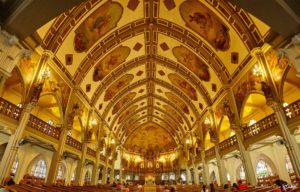
The Manila Abbey San Beda, or formally known as Abbey of Our Lady of Montserrat, is a Benedictine men’s monastery located along the streets of
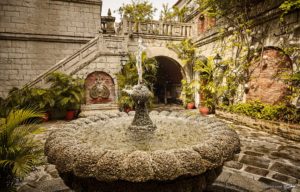
Casa Manila is a living museum that features the lifestyle of a wealthy Filipino family living during the last years of the Spanish colonial period,
BROWSE BY CATEGORIES